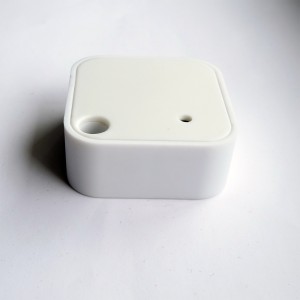A beacon has many settings such as the mode (iBeacon, Eddystone), transmission (ids or URL), power and advertising period. These settings are set via the manufacture app. However, what happens if the beacon is switched off via a button on the side of the button? What happens if the battery is removed? What happens to the settings?
First of all, if you turn off a beacon via a side switch beacons don’t power down but instead go into a very low power sleep mode.
All beacons have a portion of non-volatile flash memory that can be used to save values even when the power is removed by taking out the battery or removing from a USB slot. This means for almost all beacons, removing the power doesn’t cause the beacon to lose its settings. We say ‘almost all’ because we have found one exception to be Sky beacons that while they retain settings when the side switch is pressed on/off, they don’t retain settings if the battery is removed. This is because the firmware (code) in the beacon isn’t saving settings to non-volatile memory.
One thing to be aware of is that the non-volatile memory can only be updated so many times before it stops working. The number of times is very large and isn’t of consequence unless you have your own app that is frequently programatically changing settings. However, for some specialist beacons, for example mesh beacons, internally saved data can and will change more often thus introducing the possibly that beacons can become ‘worn out’ if the software isn’t designed to reduce the frequency of changed saved data.

